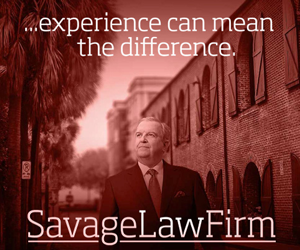The attached Instagram Post by newly elected Myrtle Beach City Council member John Krajc provides interesting insight into why there appears to be much mystery surrounding the city’s new downtown redevelopment plan.
Last month, a local television station questioned city residents if they had heard of the downtown redevelopment plan. All but one said they had not heard of it and the one who responded positively said she heard something briefly on the news but wasn’t aware of the details.
City council recently passed first reading of an ordinance that creates ‘floating zoning’ from 29th Avenue North to 17th Avenue South east of Kings Highway. Floating zoning essentially means spot zoning, which is prohibited by state ordinance.
Now we have the post during a recent meeting termed ‘the start of Downtown Implementation’ by a new city council member who claims to have been on the ‘inside’ of planning for four years and is soliciting people who are looking for ‘investment opportunities’.
State ethics law prohibits public officeholders from personally profiting from their public position. Does the solicitation of investors for properties in the downtown redevelopment area cross that line?
What is generally known publicly about the downtown redevelopment plan is best termed by a 1939 Winston Churchill quote about the Soviet Union. It is a “riddle wrapped in a mystery inside an enigma but perhaps there is a key.” That key appears to be self interest on the part of a few.
Over the past several months, I have had discussions with Myrtle Beach business owner Tuvia Wilkes on the television show “Talking Politics” about the mysteries surrounding downtown redevelopment in Myrtle Beach.
Generally the discussion has focused on how a few insiders seem to have the details of what planning truly exists while the rest of the business community and residents are kept in the dark.
There are approximately 131 empty storefronts in the city. From information provided to GSD, none of the property owners of those buildings have been approached about redevelopment plans or participation.
Wilkes and a partner personally tendered a bid on one property the city owned in the so-called ‘Superblock’. Wilkes’ bid was 25% higher than the property was sold for. It was only by chance that Wilkes even heard the property was for sale.











Speak Up…